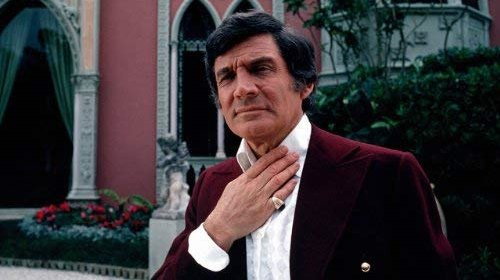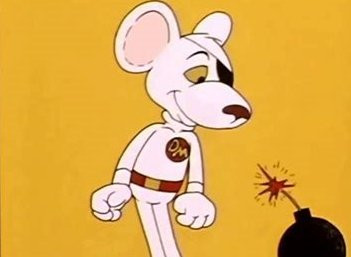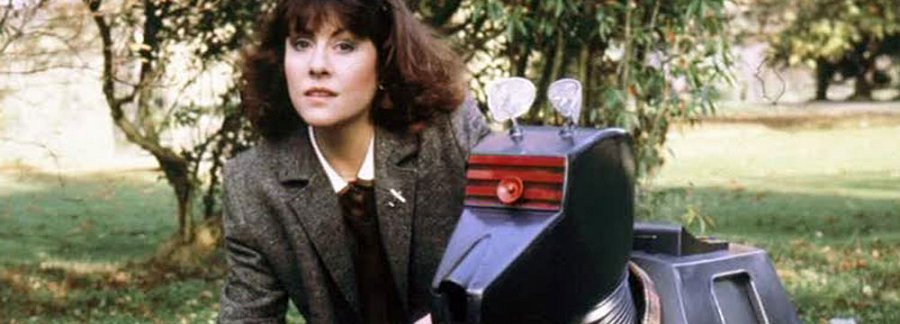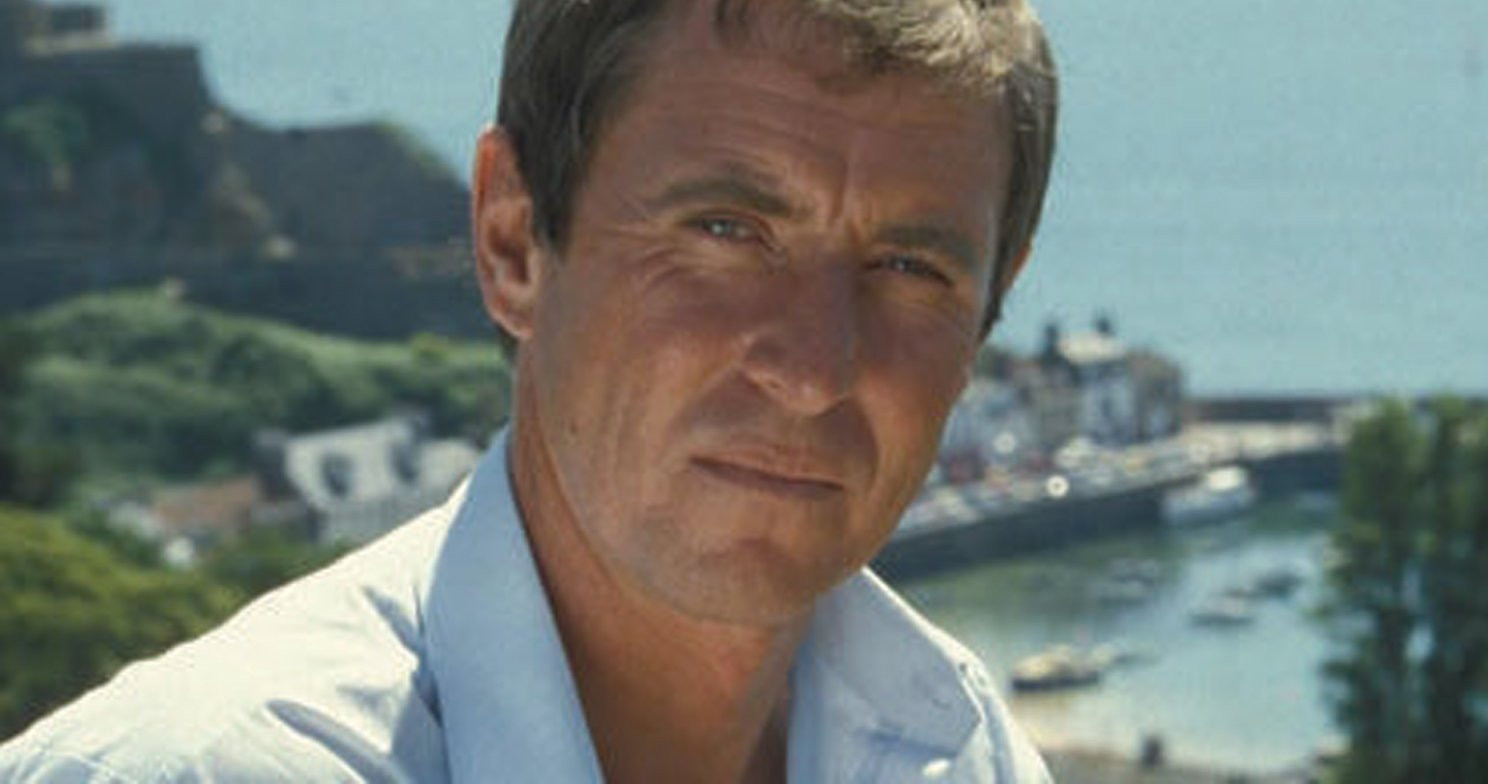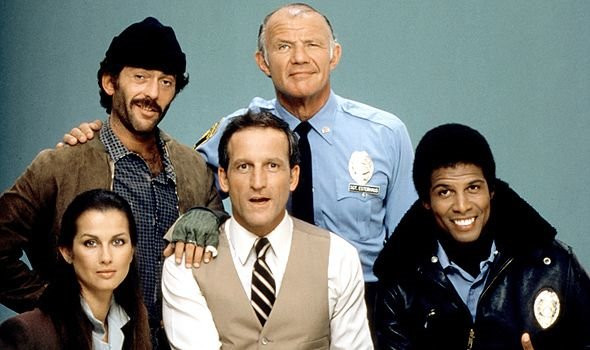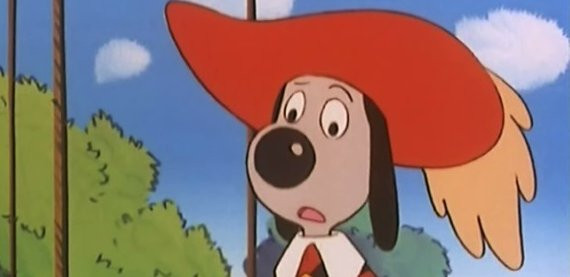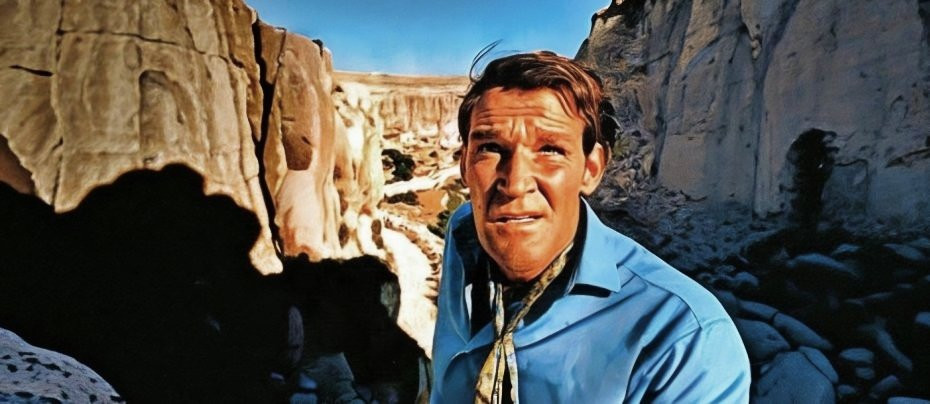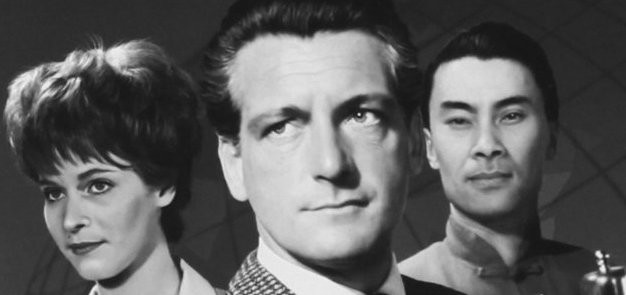
The Fall Guy
1981 - United States“Majors was already the television equivalent of a box office winner”
The Fall Guy reviewed by Brian Slade
Have you ever wondered what a stuntman to the stars is supposed to do when not needed for rolling cars or launching himself from burning buildings? Well in another of the factory line of Glen A Larson shows in the 1980s, we were invited to see exactly what fictional stuntman Colt Seavers did when he wasn’t on set – acting as a bounty hunter to make ends meet in the five-series action-drama The Fall Guy.
By the end of the 1970s, Lee Majors was one of the best-known actors on American television. His most recent hit, The Six Million Dollar Man, where he played an astronaut given bionic implants after a near fatal accident, had ended in 1978 and he was ripe for a new piece of primetime action. Who better to provide it than the king of such television fodder, Glen A Larson?
Larson had come up with the idea for a programme about a stuntman courtesy of a pal of his staying at his home in Hawaii. David Somerville, lead singer of a group called The Diamonds, had written a song which would become known as The Ballad of the Unknown Stuntman. As he played it on his guitar during a weekend visit to Larson’s, the television mogul pounced on an idea, as he often did, and the pair pitched the song almost in isolation to television executives.
Majors was already the television equivalent of a box office winner, and he met Larson at an airport where the producer pitched the idea for The Fall Guy to the star. The appeal of being able to direct and produce was enough to convince him to take on the main role of Seavers, a stuntman who tires of waiting for the phone to ring, as does his bank balance.

Seavers’ cousin, Howie Munson (Douglas Barr), is a somewhat green college graduate who looks up to Seavers and expects him to be leading a life of fame and fortune in Hollywood. He’s somewhat surprised to find that Seavers lives in a small abode in the countryside and relies on getting paid in a rather unusual fashion to keep a roof over his head. He accompanies him on his missions, but his naivety is as much a hinderance as a help.
Using technicalities in the law, Seavers has almost free reign to earn his non-stuntman wage in envelopes of cash from lawmakers who have despaired at seeing wanted men going on the run. Bail jumpers are his target as he becomes a bounty hunter, with his sole motivation being to bring back the people who have fled: ‘I only go after a man if there’s a court order to bring him back,’ he explains to his naïve cousin. His additional partner is Jody Banks, played by Heather Thomas, whose role gained her so much attention that she largely quit acting after the show’s end.

Like many Larson shows, The Fall Guy wasn’t too taxing from a plot perspective. A show about a stuntman was never going to work without the added jeopardy of the bounty hunter element, and as such the episodes always featured a heavy amount of stunt work as chases using various transports ensued towards each episode’s finale.
For Seavers, as with so many American action dramas, he had to have his own vehicle to become almost a character in itself. It may not have had the glamourous presence of the red and white Torino in Starsky and Hutch but the pick-up truck, a General Motors Rounded Line, became an essential part of each chase sequence. It came at somewhat of a cost as General Motors were supplying a large amount of replacement vehicles of varying modifications as so many were trashed crash-landing!
The Fall Guy was a hit from the offset. It had the usual blend of action, drama and tongue-in-cheek humour, and Majors kept Seavers likeable enough to keep the public on his side. An array of guest stars and cameos appeared to add some weight to the product, including James Coburn, Andre the Giant and comic veteran Milton Berle.
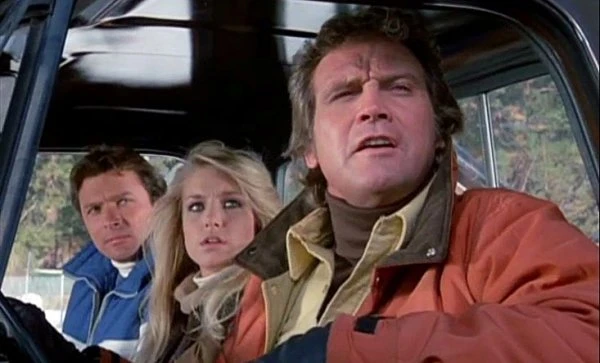
Inevitably the format for The Fall Guy didn’t provide enough variation to keep the show running beyond a fifth series, but it did what Majors had wanted it to do in terms of stopping people solely associating him as The Six Million Dollar Man. It wouldn’t appease the feminists of today, with Thomas becoming a poster girl for her role as Banks. The theme song that had won the commission with the executives happily lists the various Hollywood sex symbols that the unknown stuntman has tangled with, albeit only as a substitute, bemoaning that, ‘when I wind up in the hay, it’s only hay.’ With all its success and with the penchant for remaking so many shows of the 1980s, a movie version of The Fall Guy has been floated for some time, in which case a fair bit of updating would be required.
Larson was on a roll when The Fall Guy was airing and while it is unlikely to be the first show people jump to for their light 45-minute American nostalgic action, it did exactly what so many of Larson’s shows did – give the public what they wanted in the form of fun, glamour, action and escapism.
Seen this show? How do you rate it?
Seen this show? How do you rate it?
Published on June 13th, 2023. Written by Brian Slade for Television Heaven.


